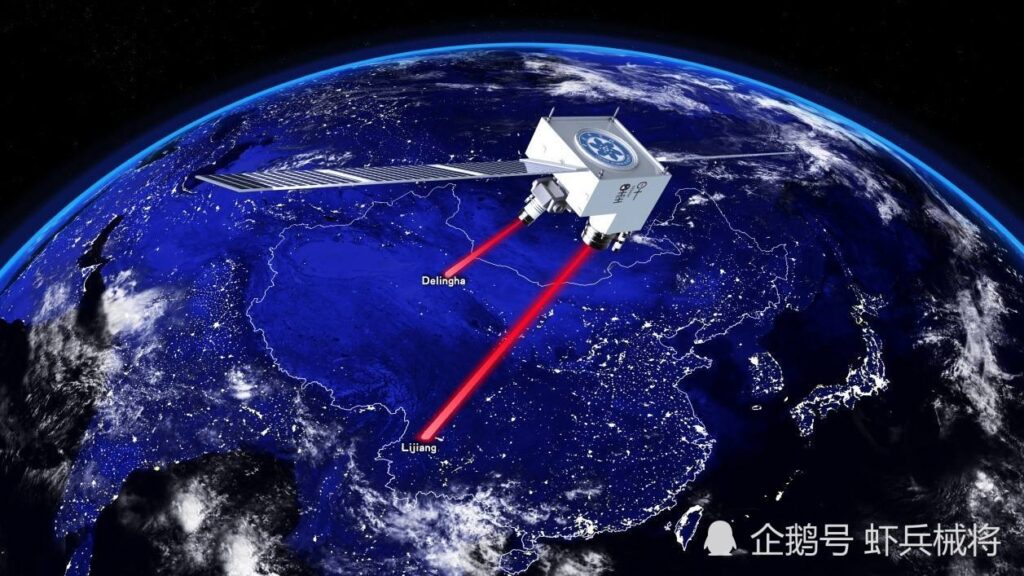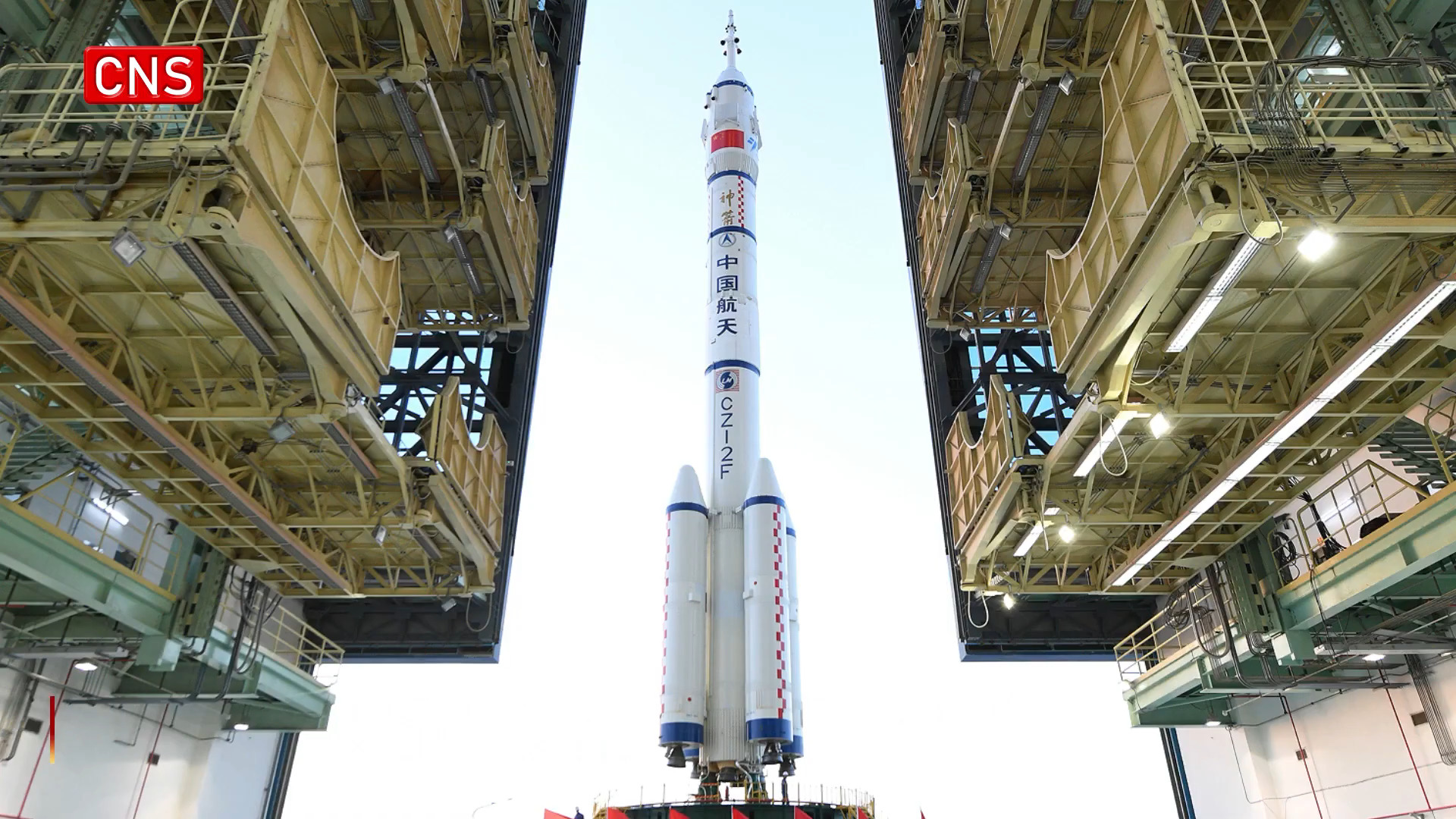China’s soon-to-be-launched Luojia-3 01 satellite may test a new technology that could provide smartphone users with near-instant access to high-definition cameras in space, according to reports.
American ‘Defense Cloud’ – US Experts Bet Big On “Twenty-First Century Flak’ To Battle Chinese, Russian Hypersonic Threats
To be launched in July 2022, Luojia-3 01 is an Earth observation satellite with a powerful telescope that can take photos or video with a resolution of 0.7 meters, allowing it to even identify the brand of a car from a distance of 500 kilometers.
Chinese scientists believe that by deploying a wide network of these small, low-cost satellites in near-Earth orbit, anyone with a smartphone will be able to access near-real-time photos or video from anywhere on the planet.
Wang Mi, a professor of remote sensing engineering at Wuhan University and chief designer of the Luojia-3 01 satellite program, said with this technology, a location or event could be live-streamed from orbit to a mobile device on the other side of the earth with no more than 10-minute delay.
According to the South China Morning Post, this type of service is currently only available in the war rooms of the world’s most powerful countries. However, Wang stated that the program’s goal was to provide free access to anyone. On March 18, he stated, “We will open the service to users all around the world.”
US Marines’ F-35B Thwarted Attacks By Chinese-Designated Stealth Fighters In One Of The Biggest War Drills In Indo-Pacific
The project team claimed that the satellite also has a high-speed data transmission capability and it will be able to offer navigation services similar to the American GPS and the Chinese BeiDou.

The multipurpose architecture of the satellite would be able to fulfill different functions considerably faster than other satellites in China’s rapidly expanding network, the report said.
Li Deren, the project’s lead scientist, stated in an article published in the Chinese peer-reviewed journal Acta Geodaetica et Cartographica Sinica that the ultimate goal was to reduce the delay to seconds.
How Will It Work?
Most Earth observation satellites typically compress and store data after taking a photo. The next step involves the downloading of images by the ground station when a satellite passes over it.
Powerful computers and specialized technicians then decompress, process, analyze, and convert the raw data into user-friendly visuals. This process usually takes hours or days.
According to the project team, the Luojia-3 01 can handle most of the data processing and analysis by itself, owing to a sophisticated “brain” that employs cutting-edge artificial intelligence (AI) technology.
Rather than passing over a ground station, the Luojia-3 01 will use a high-frequency microwave range to transmit data to a nearer Chinese communications satellite. Known as Ka-band, this has already been employed for faster communication by SpaceX’s Starlink satellites.
They claim that one of the project’s main goals is to look into potential civilian applications, such as journalists using a satellite-linked app to investigate a conflict zone or a natural catastrophe, or a driver utilizing the technology to find a parking spot.
The first objective, according to Wang, was to make the service accessible to scientists so that they could test out various scenarios for such applications. While the satellite will launch in July, no date has been set for when the service will be available to the general public.
China has a live broadcasting system from space, which it uses for various purposes. The country celebrated this New Year with a live stream from the new Tianhe space station module’s cameras. The video moves across multiple panoramic cameras set up by astronauts during spacewalks, which shows China’s Tiangong space station orbiting the Earth twice.

Moreover, China Manned Space Agency (CMSA) said earlier this week that crew members aboard China’s Tiangong space station will live broadcast their second public lecture on science and space in the near term.
Previously, astronauts Zhai Zhigang, Wang Yaping, and Ye Guangfu onboard the Shenzhou-13, China’s eighth crew spaceflight, gave the first lecture in the “Tiangong Class” series on December 9, 2021.
The lectures from the space station, according to China, are intended to generate young people’s interest in manned spaceflights and explorations. The first lecture’s teaching content was widely circulated via the internet and various media channels.
According to the CMSA, the subject of the upcoming second lecture was chosen from public feedback.
- Contact the author at ashishmichel@gmail.com
- Follow EurAsian Times on Google News




